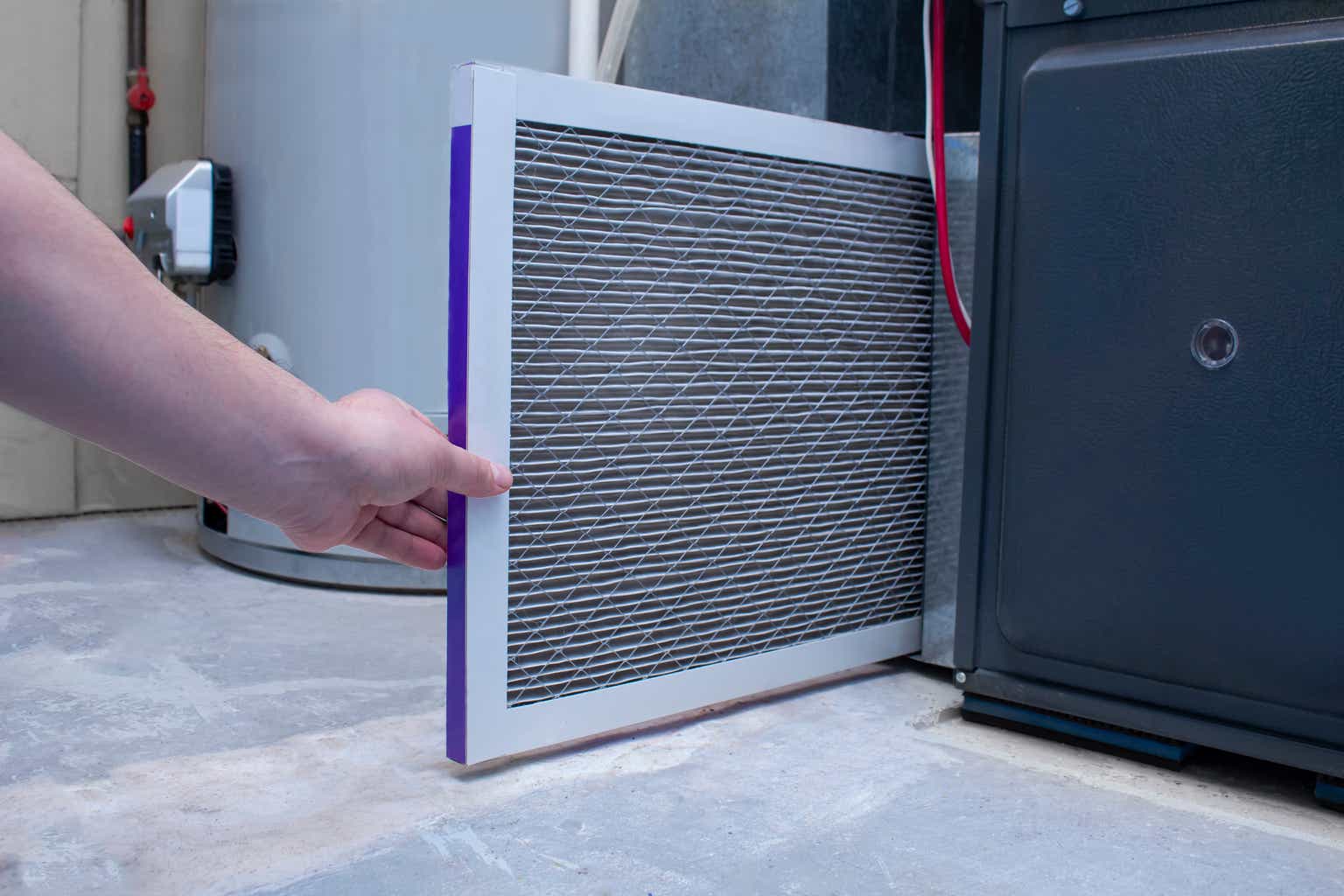In May, I concluded to filter the public offering of Atmus Filtration Technologies (NYSE:ATMU) as engine manufacturer Cummins (CMI) spun out its filtration business. While valuations were anything but demanding, I feared a corporate cost overhang and the long-term positioning of the business, making this a show-me story.
The second quarter earnings results revealed that many of these fears have not materialized, although that some headwinds might be seen in the second half of the year, making me a bit cautious to get involved with the shares here just yet.
A Quick Recap
Atmus is the former filtration business of Cummins, providing filtration products for both on-highway commercial vehicles and off-highway agriculture, construction, mining and power generating vehicles. Designed to lower emission and improve asset protection, many of these products are sold under the Fleetguard brand.
Being in business for over 60 years, the company generates about $1.5 billion in sales, half of which are related to fuel, complemented by lube, air, ventilation, chemicals and hydraulics. Targeting an addressable market of $13 billion in a $70 billion total filtration market, growth opportunities should be plentiful.
While the electrification is a threat to the long-term business model, it is actually a near to medium-term driver as well as emission standards initially become stringent for many applicants before going electric. Clients of the business include the expected and large name OEMs like CNH, Deere, Daimler, Komatsu and of course its parent company Cummins.
In the IPO in May, some 14 million shares were offered at $19.50 per share, as 83 million shares outstanding granted the business a $1.62 billion equity valuation at the offer price, although this excludes a $540 million pro forma net debt load. This near $2.2 billion valuation was applied to a business which grew sales from $1.23 billion in 2020 to $1.44 billion in 2021 and $1.56 billion in 2022, while operating earnings came in around $200 million in each of these years.
Net debt of $234 million worked down to a leverage ratio at 2.3 times, as pro forma earnings were seen around $1.50 per share, or $128 million in dollar terms. With first quarter sales up 10% to $418 million, operating earnings rose from $44 million to $58 million. The debt allocated to the firm meant that interest expense were incurred, with interest expenses seen flat around $35 million, and earnings trending at $1.70 per share.
With shares trading at $22 after the first day or trading at 12-13 times multiple looked reasonable, there were concerns. These related to cyclicality of the business, customer concentration, a controlled status, the allocation of corporate cost overhead and of course the transition to electrification.
Trading Flat
Since May, shares of the company have traded in a $19-$25 range, now trading at the middle of the range at $22 per share, similar to the levels at which shares traded on the first day of trading.
In August, Atmus posted second quarter sales of $414 million, up 5% from the year before. Operating expenses rose by more than 10% to $64 million, but after interest expenses and higher taxes, earnings fell from $49 million to $46 million, with earnings reported at $0.55 per share.
The company guided for full year sales between $1.58 and $1.63 billion. As sales came in $56 million ahead of last year in the first half of the year, sales are seen flattish in the second half of the year. Full year adjusted EBITDA is seen around $285 million which means that leverage ratios have rapidly fallen below 2 times, with net debt reported at $510 million.
Full year adjusted earnings are seen between $2.05 and $2.25 per share, even a bit better than my pro forma earnings estimates at the time of the IPO. This look quite good, as the overhang of corporate cost is not really evident in the second quarter. That said, adjusted earnings at a midpoint of $2.15 per share this year reveals that earnings are only seen at $0.84 per share in the second half of the year after the company posted an adjusted earnings number of $1.31 per share in the first half of the year, suggesting either significant seasonality or corporate cost overhang.
What Now?
The reality is that the first earnings report post the IPO has been quite good and that leverage has come down a bit already, both positive signs. That said, the full year guidance suggests some sequential weakness, either due to the seasonality of the business, general business performance, or corporate cost overhang, and likely a combination of all these factors.
These and the questions on the long-term business outlook are concerning trends, as I look forward to the coming earnings reports to learn more about the corporate cost overhang and seasonality of the business, before potentially considering a small allocation.
Read the full article here












Leave a Reply